Windows 11 has brought many improvements to Microsoft's operating system, but it isn't without its flaws. A common issue that users encounter is the disk usage suddenly spiking to 100%, causing the system to become unresponsive or sluggish. If you've noticed your PC slowing down, programs taking longer to open, or frequent freezing, you're likely experiencing this disk usage problem. Thankfully, there are several solutions to address this issue.
Identify the Cause of High Disk Usage
Before attempting any fixes, it's crucial to pinpoint what's causing the 100% disk usage. Often, a specific process or application excessively reads or writes to the disk. You can use the Task Manager to identify such culprits.
Step 1: Press Ctrl + Shift + Esc to open the Task Manager.
Step 2: Navigate to the 'Processes' tab to view running applications and background processes.
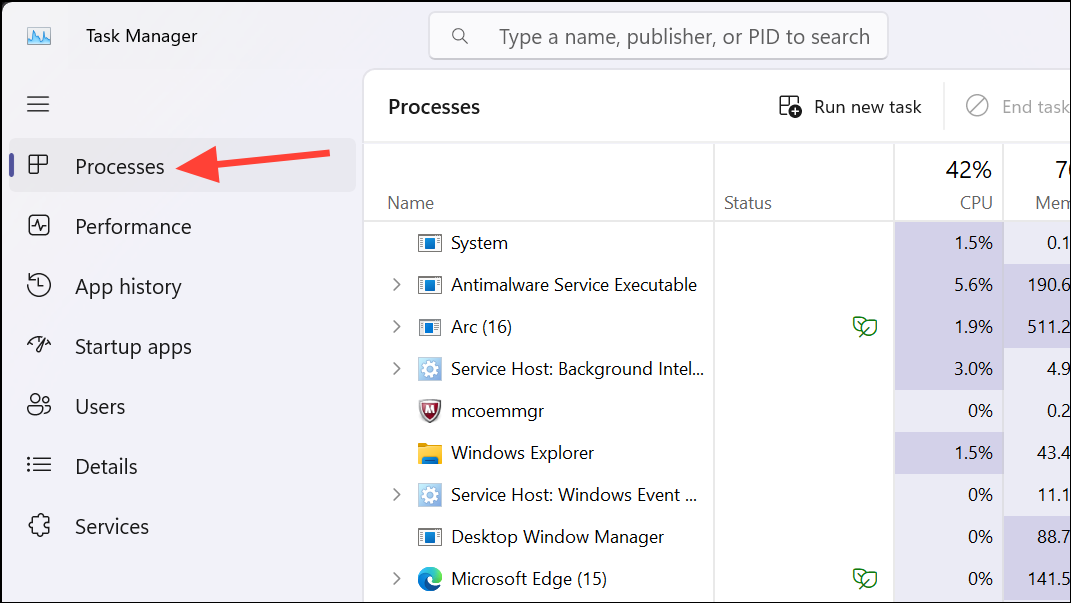
Step 3: If the disk usage is at 100%, click on the 'Disk' column header to sort the processes by disk usage.

Step 4: Look for any third-party applications or processes that are consuming a high percentage of disk resources. If you spot any, you can right-click on the process and select 'End task' to stop it temporarily.
Step 5: If a particular app frequently causes high disk usage, consider reinstalling or updating it to see if that resolves the issue.
If you manage to identify and resolve the issue by ending resource-hungry applications, you might not need to proceed further. However, if the disk usage remains high without any obvious culprits, try the following methods.
Common Causes of 100% Disk Usage
Several factors can lead to excessive disk usage on Windows 11:
- Outdated or faulty drivers
- Windows services like SysMain (Superfetch) or Windows Search malfunctioning
- Background applications running without your knowledge
- Malware or viruses infecting the system
- Intensive antivirus scans
- Hardware issues with the hard drive
Solutions to Fix 100% Disk Usage on Windows 11
Since the exact cause can vary, you may need to try several methods to fix the high disk usage issue. Below are some effective solutions.
1. Restart Your Computer
Sometimes, a simple restart can resolve temporary glitches causing high disk usage. If you haven't restarted your PC recently, give it a try and check if the disk usage returns to normal after booting up.
2. Update Storage Drivers
Outdated or corrupt storage drivers can lead to disk performance issues. Updating them can help alleviate high disk usage.
Step 1: Right-click on the Start button and select 'Device Manager' from the menu.

Step 2: In the Device Manager window, expand the 'Disk drives' section to view your storage devices.

Step 3: Right-click on your primary disk drive and select 'Update driver' from the context menu.
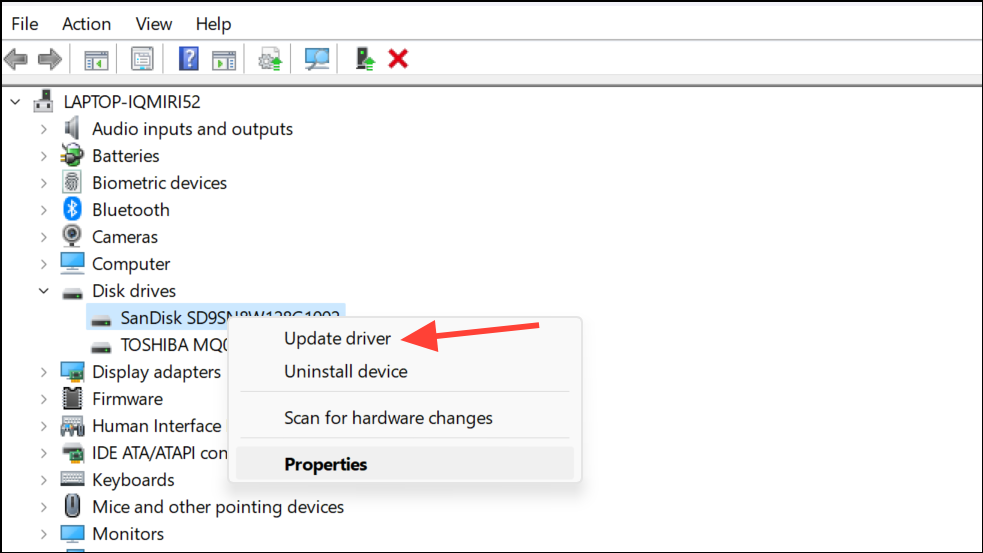
Step 4: Choose 'Search automatically for drivers' to let Windows find and install any available updates.
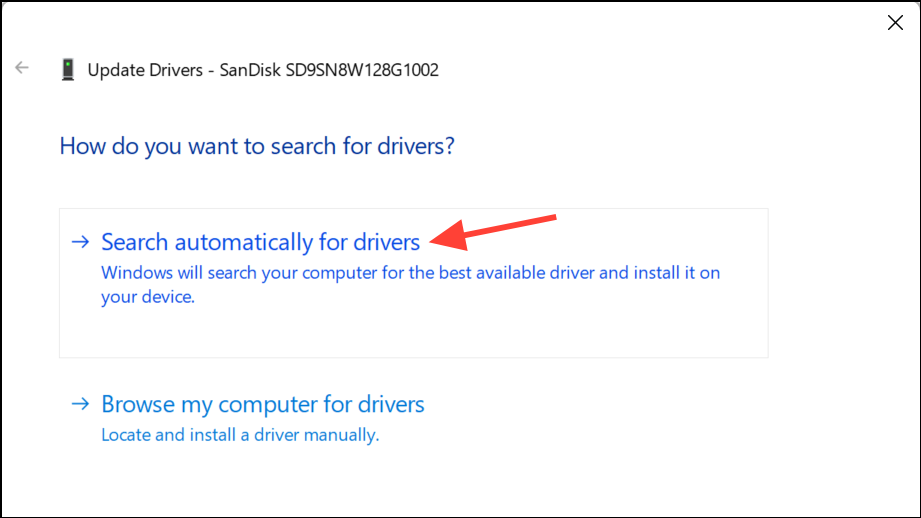
After the update process completes, restart your PC and check if the disk usage has improved.
3. Disable MSI Mode
In some systems, particularly those using AHCI PCIe controllers with certain drivers, a firmware incompatibility can cause high disk usage. Disabling the Message Signaled Interrupt (MSI) mode for these devices can help.
Step 1: Open 'Device Manager' by right-clicking the Start button and selecting it from the menu.
Step 2: Expand the 'IDE ATA/ATAPI controllers' section.

Step 3: Right-click on the controller listed (it may be named 'Standard SATA AHCI Controller') and select 'Properties'.

Step 4: In the Properties window, go to the 'Driver' tab and click on 'Driver Details'.
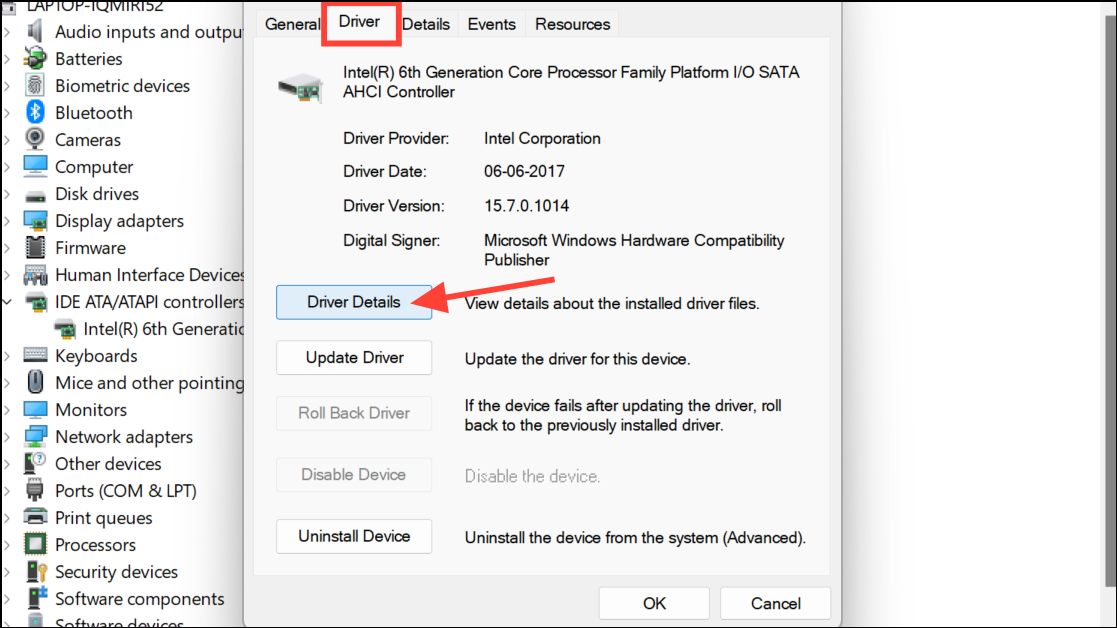
Step 5: If the driver file listed includes storahci.sys, proceed to the next steps. If not, this method may not apply to your system.

Step 6: Close the driver details and go to the 'Details' tab. From the 'Property' dropdown, select 'Device Instance Path'. Copy the value displayed as you'll need it later.
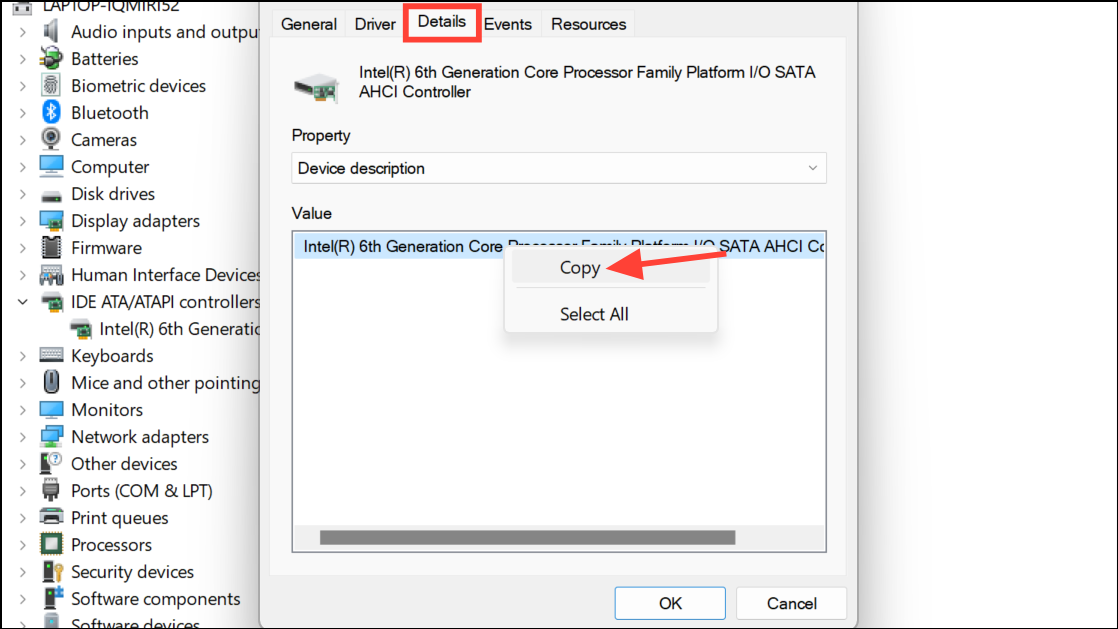
Now, you'll need to modify a registry entry. Be cautious when editing the registry, and consider backing it up first.
Step 7: Press Windows + R, type regedit, and press Enter to open the Registry Editor.
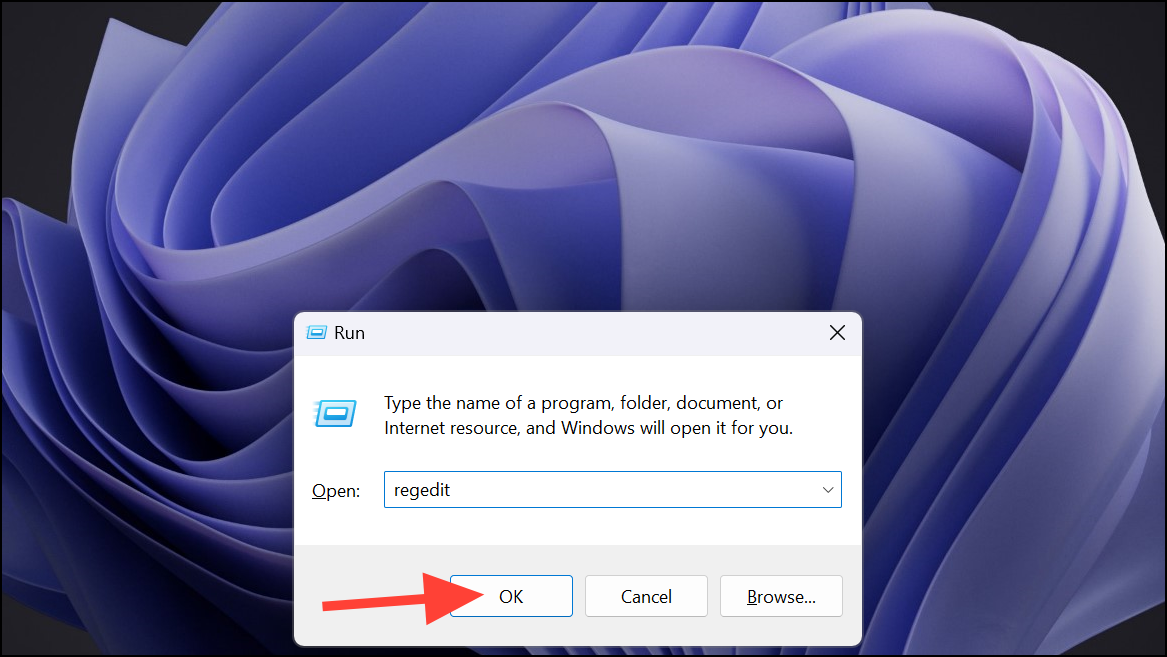
Step 8: Navigate to HKEY_LOCAL_MACHINE\SYSTEM\CurrentControlSet\Enum\PCI.
Step 9: Using the value you copied earlier, find the corresponding entry under 'PCI' and expand it. Then navigate to Device Parameters > Interrupt Management > MessageSignaledInterruptProperties.
Step 10: In the right pane, double-click on 'MSISupported'.
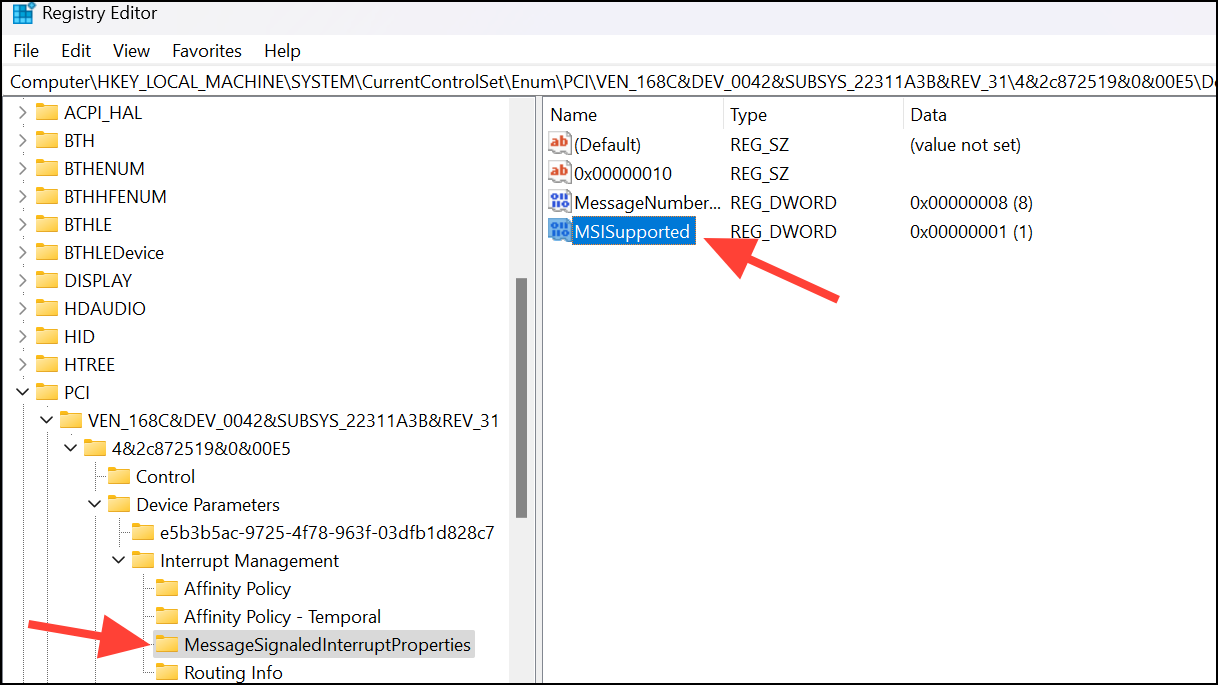
Step 11: Change the value data from 1 to 0 and click 'OK'.
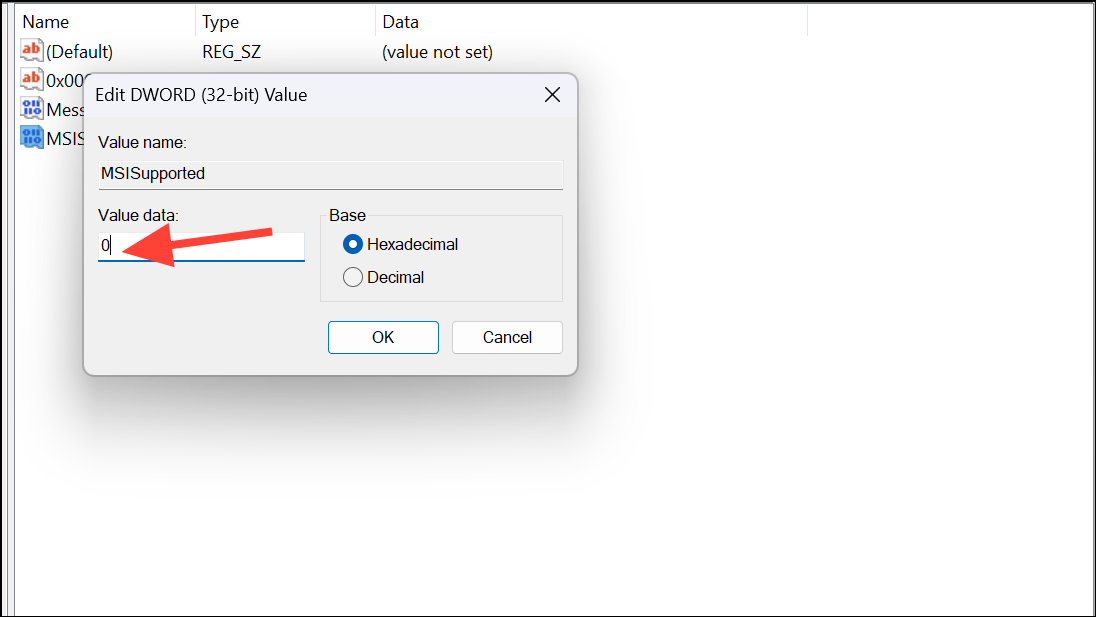
Close the Registry Editor and restart your computer. Check if the disk usage has returned to normal levels.
4. Rebuild the Search Index and Disable Windows Search
Windows Search can sometimes malfunction, causing high disk usage due to constant indexing. Rebuilding the search index may resolve temporary issues.
Step 1: Click on the Start menu and search for 'Indexing Options.' Open the result that appears.
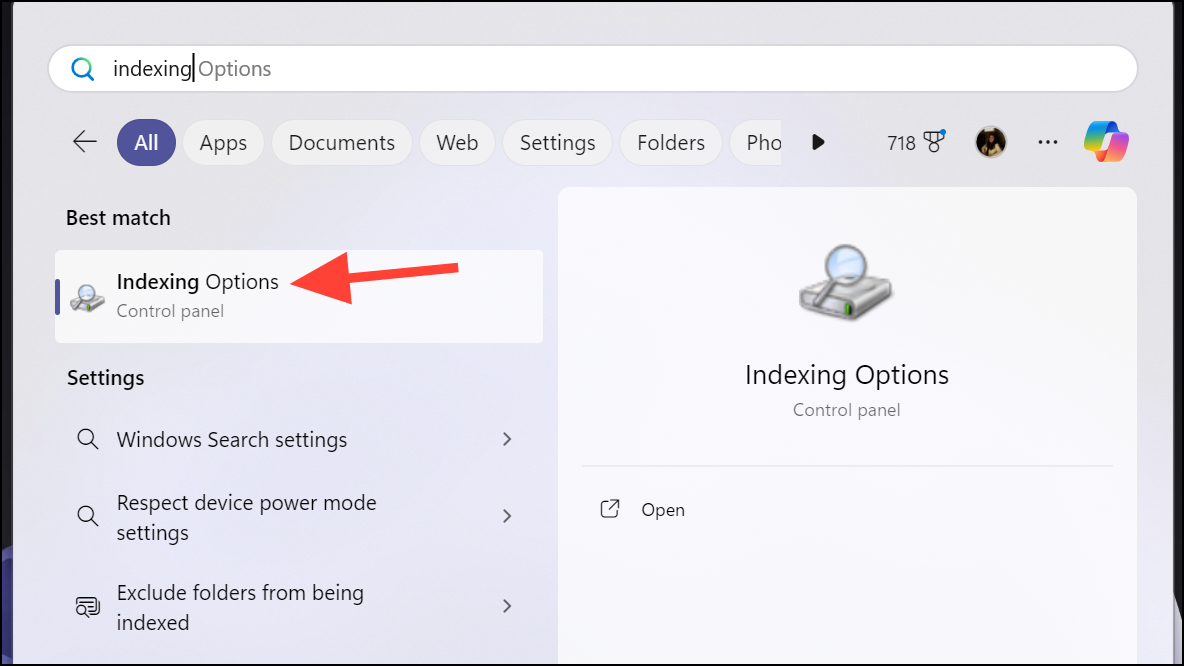
Step 2: In the Indexing Options window, click on the 'Advanced' button.
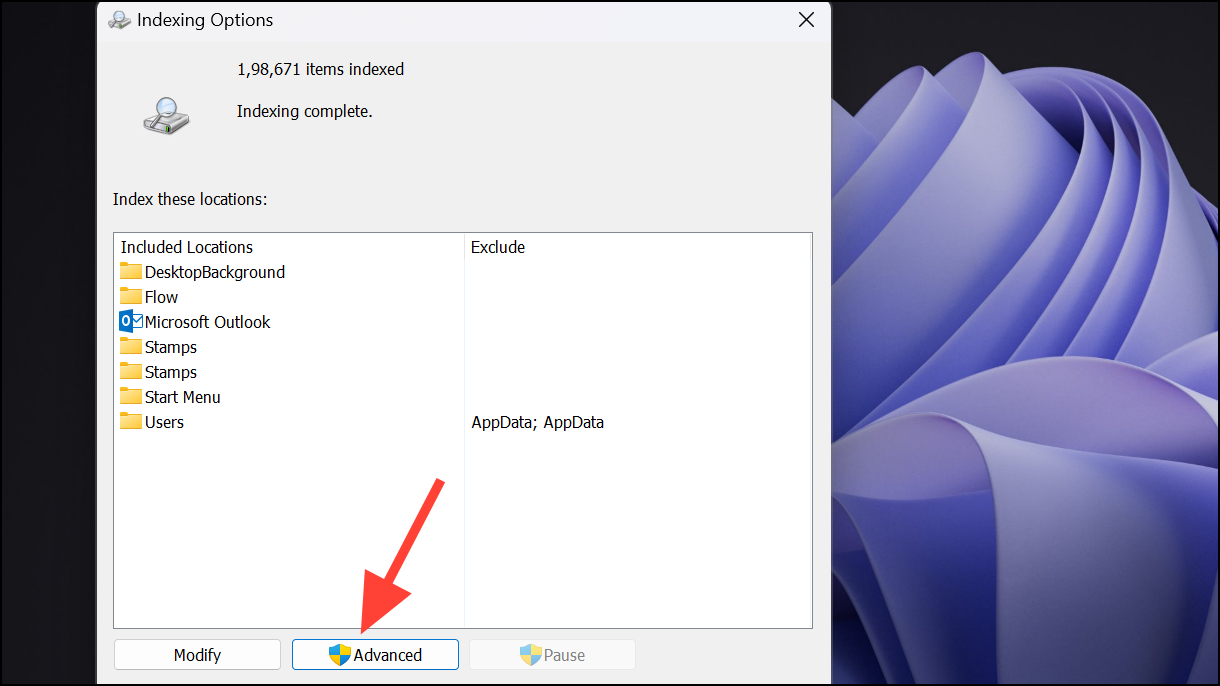
Step 3: Under the 'Index Settings' tab, click on the 'Rebuild' button to start rebuilding the index.

Step 4: Confirm the action by clicking 'OK'. The rebuilding process may take some time.
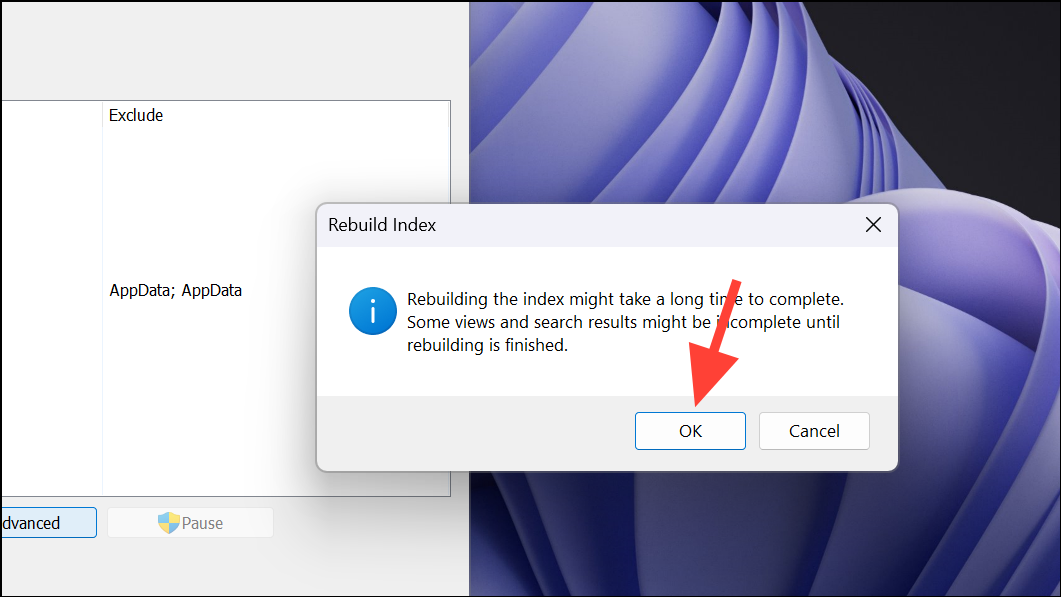
After the index has been rebuilt, monitor your disk usage to see if the issue persists. If high disk usage returns after a reboot, you may need to disable Windows Search entirely.
To disable Windows Search:
Step 1: Press Windows + R, type services.msc, and press Enter to open the Services window.
Step 2: Scroll down to find 'Windows Search', right-click on it, and select 'Properties'.
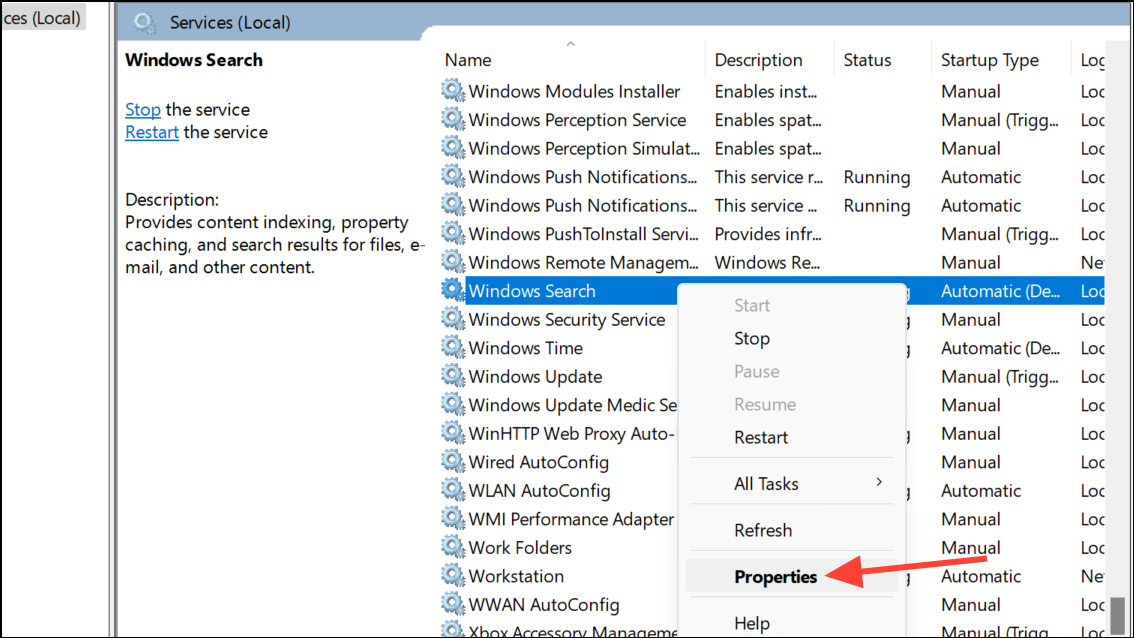
Step 3: Click the 'Stop' button to halt the service.

Step 4: Change the 'Startup type' to 'Disabled' to prevent it from starting automatically.
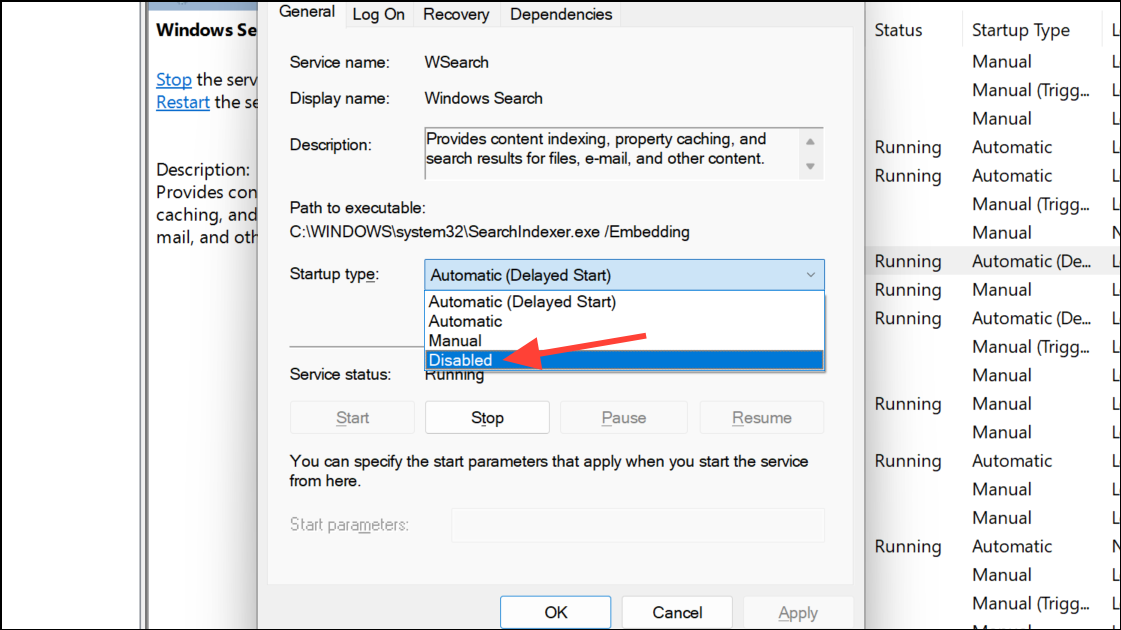
Click 'Apply' and 'OK' to save the changes. Check if the disk usage has decreased.
5. Disable SysMain (Superfetch) Service
SysMain, previously known as Superfetch, is a service that preloads frequently used apps into memory. While intended to improve performance, it can sometimes lead to high disk usage.
Step 1: Open the Services window by pressing Windows + R, typing services.msc, and pressing Enter.
Step 2: Locate 'SysMain' in the list, right-click on it, and select 'Properties'.

Step 3: Click 'Stop' to halt the service, and set the 'Startup type' to 'Disabled'.
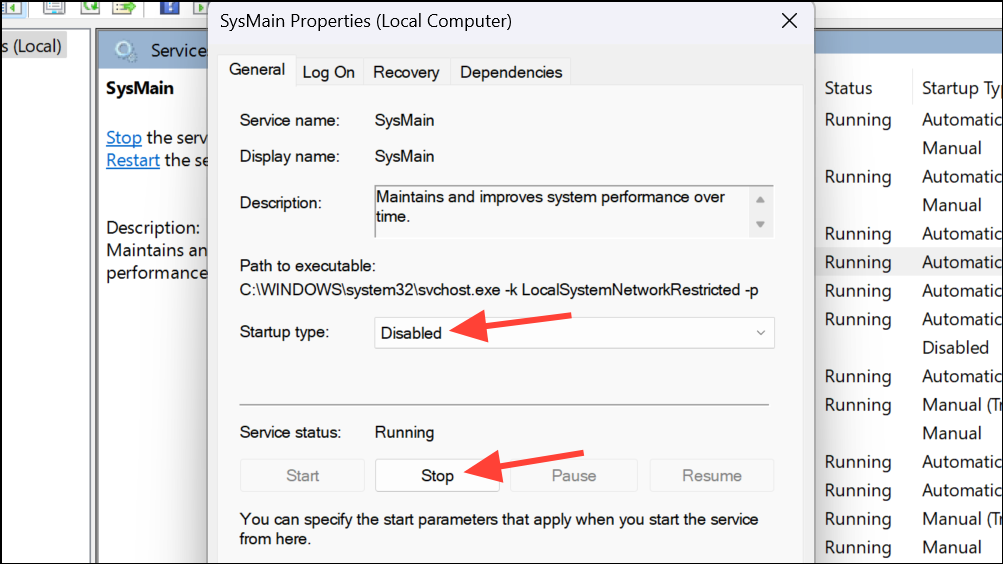
Step 4: Click 'Apply' and then 'OK' to confirm the changes.
After disabling SysMain, observe your system's performance and disk usage. If there's no improvement, you can re-enable the service as it is generally beneficial for system performance.
6. Disable Connected User Experiences and Telemetry Service
This service collects diagnostic data and sends it to Microsoft, which can sometimes cause high disk usage. Disabling it may help reduce disk activity.
Step 1: Open the Services window (services.msc).
Step 2: Find 'Connected User Experiences and Telemetry', right-click on it, and select 'Properties'.

Step 3: Click 'Stop' to halt the service and set 'Startup type' to 'Disabled'.
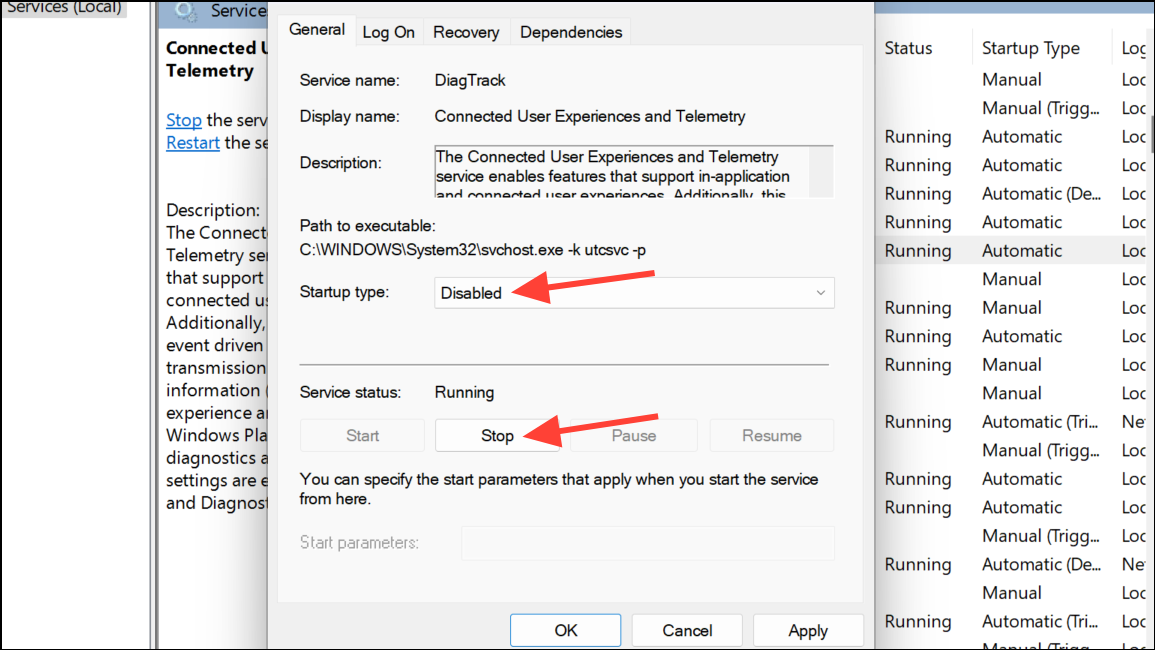
Step 4: Press 'Apply' and 'OK' to save the changes.
7. Manage Startup Applications
Having too many programs launch at startup can strain your disk. Managing these applications can help reduce disk usage.
Step 1: Open the Task Manager by pressing Ctrl + Shift + Esc.
Step 2: Click on the 'Startup Apps' tab on the left sidebar.
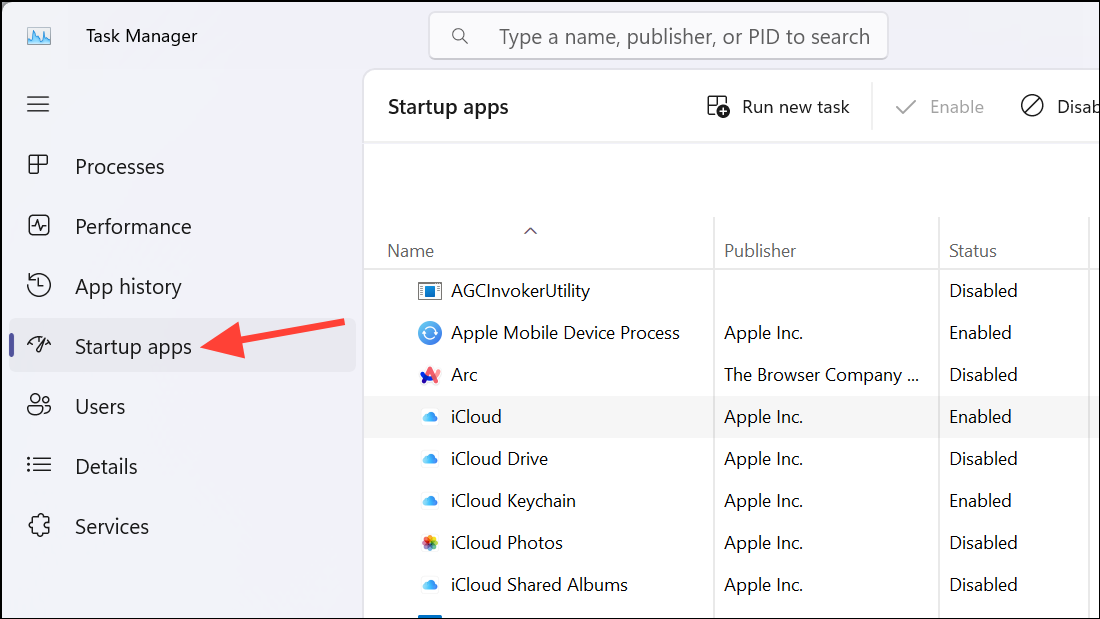
Step 3: Review the list of programs and disable any unnecessary ones by selecting them and clicking 'Disable' at the top-right corner.
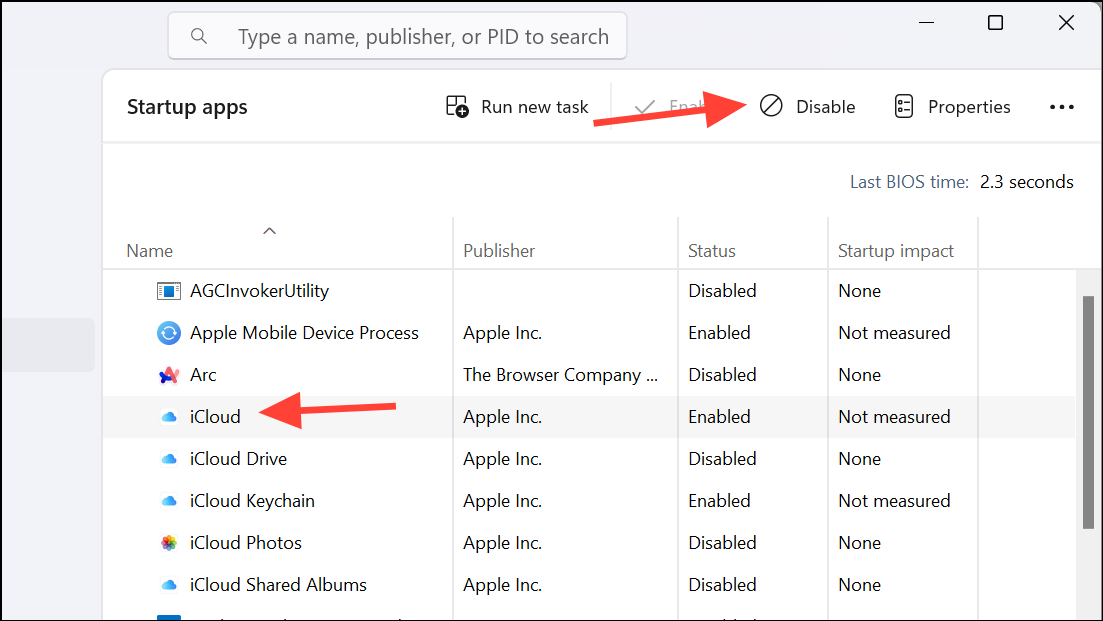
You can also manage startup applications by going to Settings > Apps > Startup.
8. Scan for Malware
Malware can cause various system issues, including high disk usage. Running a full system scan can detect and remove malicious software.
Step 1: Open 'Windows Security' from the Start menu or search bar.
Step 2: Click on 'Virus & threat protection'.

Step 3: Click on 'Scan options' to view available scanning methods.
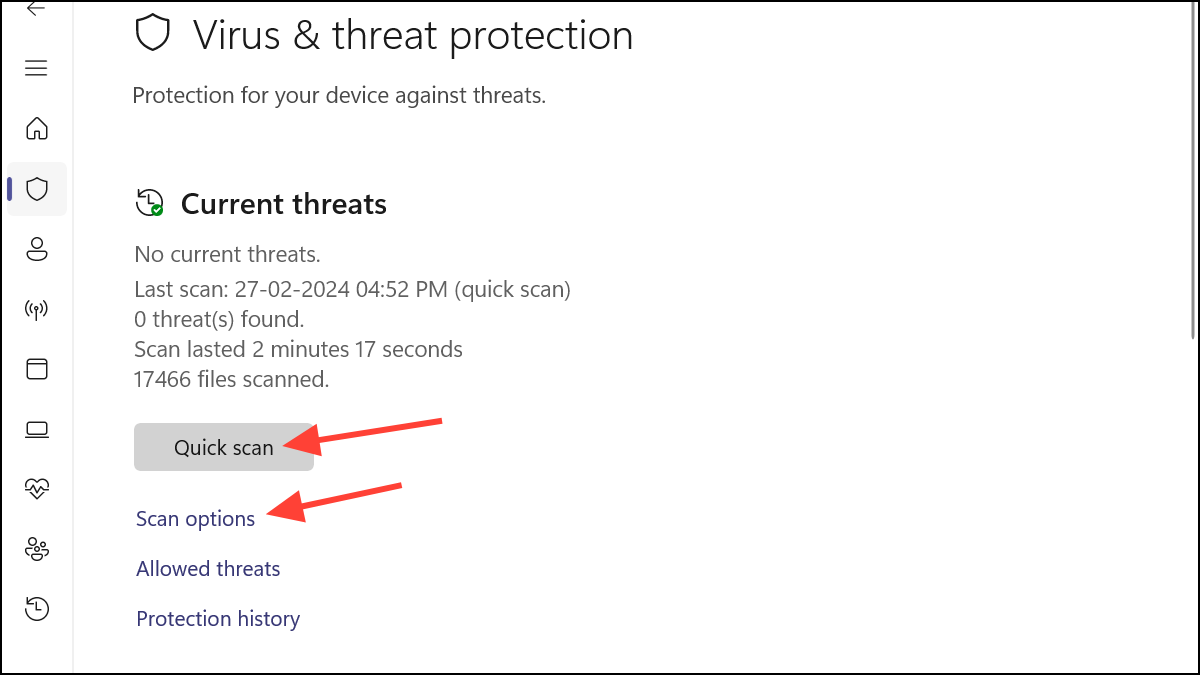
Step 4: Select 'Full scan' and click 'Scan now' to initiate a comprehensive scan of your system.
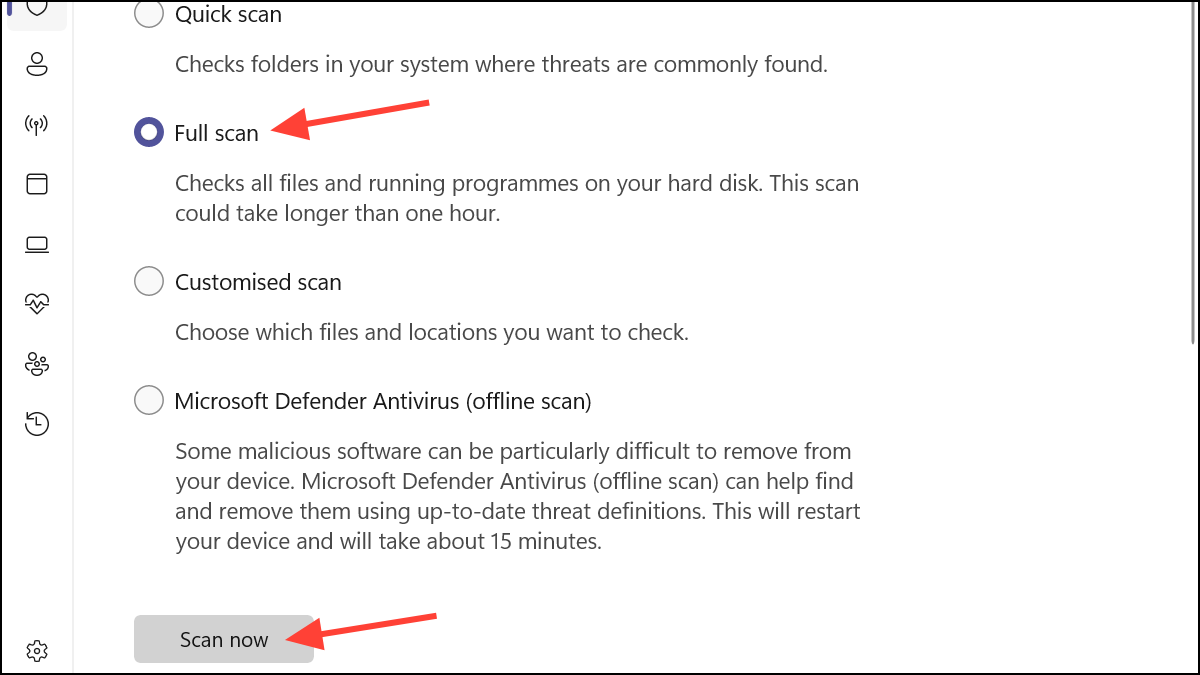
Wait for the scan to complete and follow any recommendations to remove detected threats.
9. Reset Virtual Memory
Virtual memory supplements your RAM by using disk space. If not configured properly, it can lead to high disk usage.
Step 1: Press Windows + R, type sysdm.cpl, and press Enter to open the System Properties window.
Step 2: In the 'Advanced' tab, click on 'Settings' under the 'Performance' section.
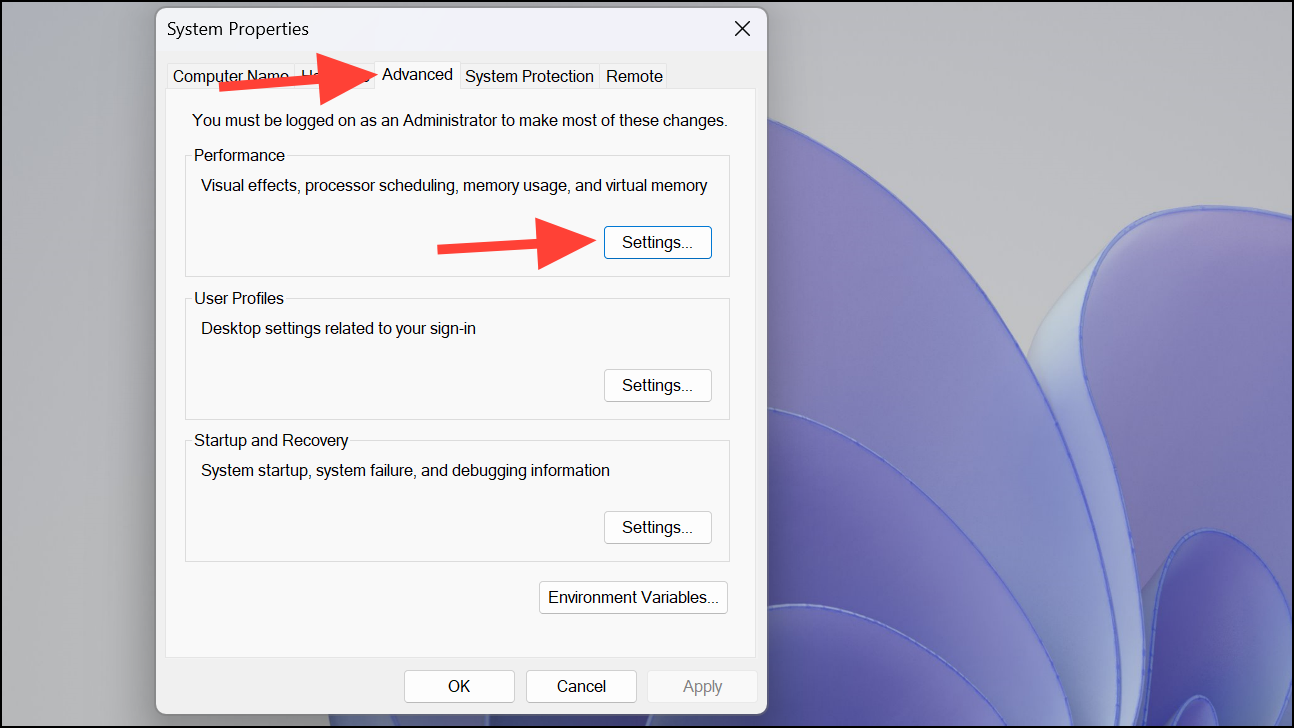
Step 3: In the Performance Options window, go to the 'Advanced' tab and click on 'Change' under 'Virtual memory'.
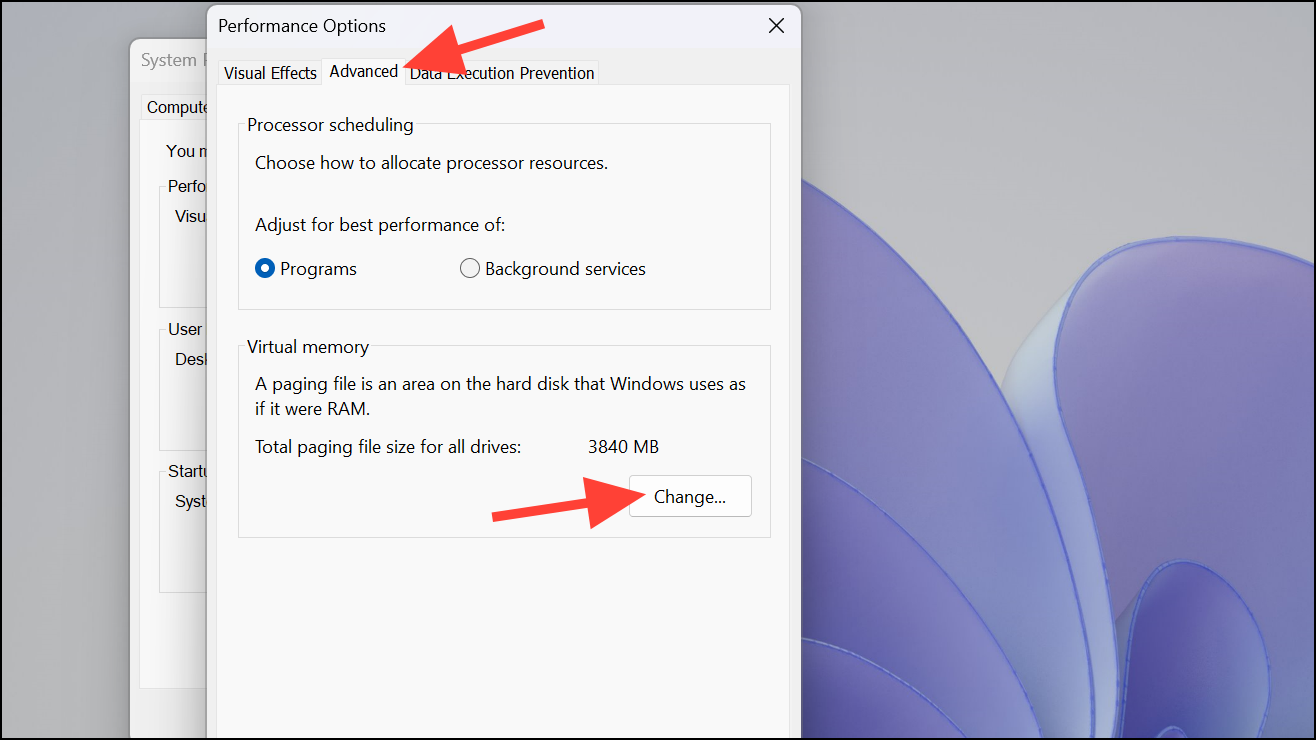
Step 4: Uncheck 'Automatically manage paging file size for all drives' to modify settings manually.
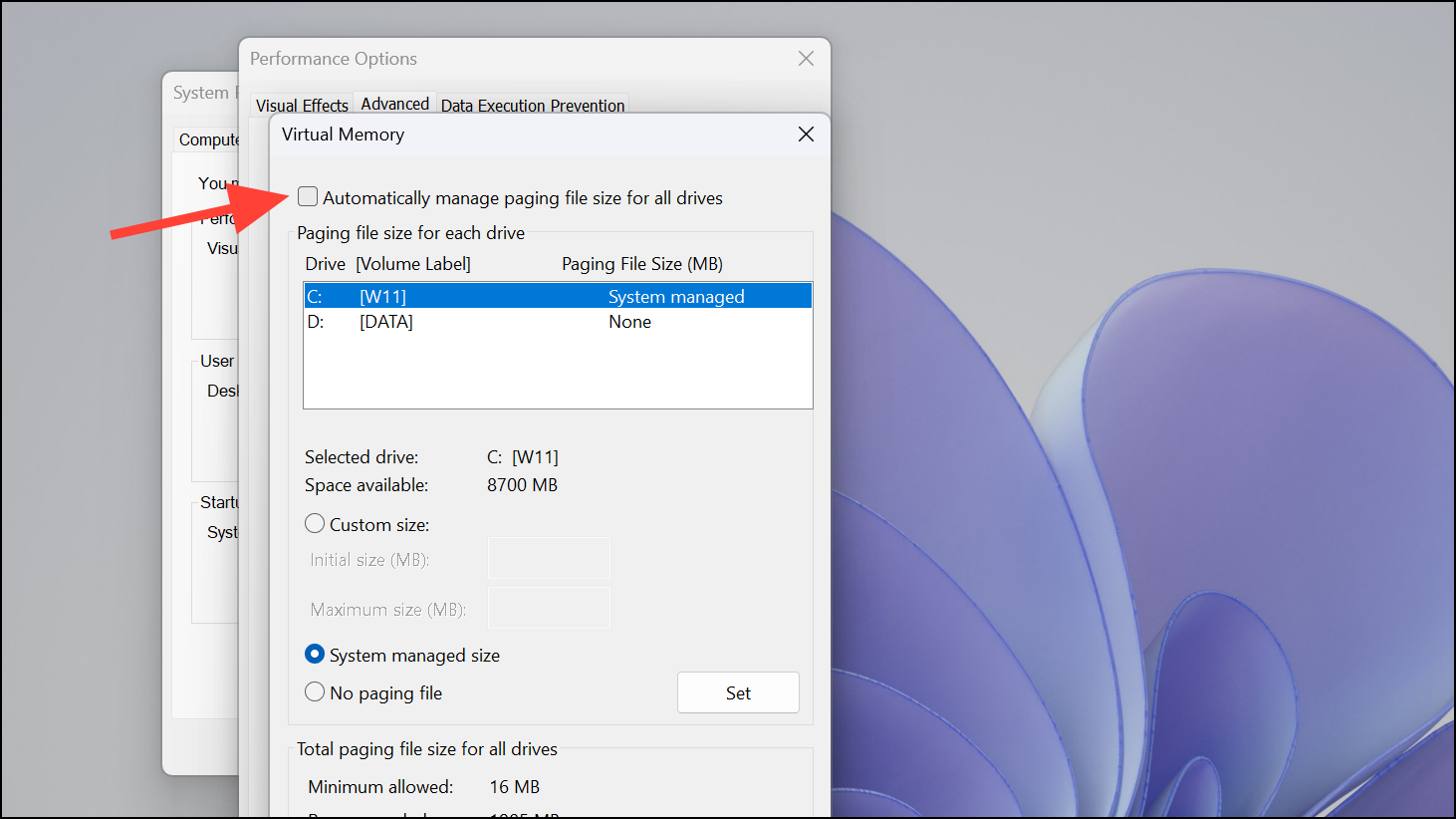
Step 5: Select your system drive (usually C:), choose 'Custom size', and enter the recommended size in the 'Initial size' box.
Step 6: For the 'Maximum size', enter a value that's up to 1.5 times your RAM size. For example, if you have 8GB of RAM (8192MB), the maximum size can be up to 12288MB.
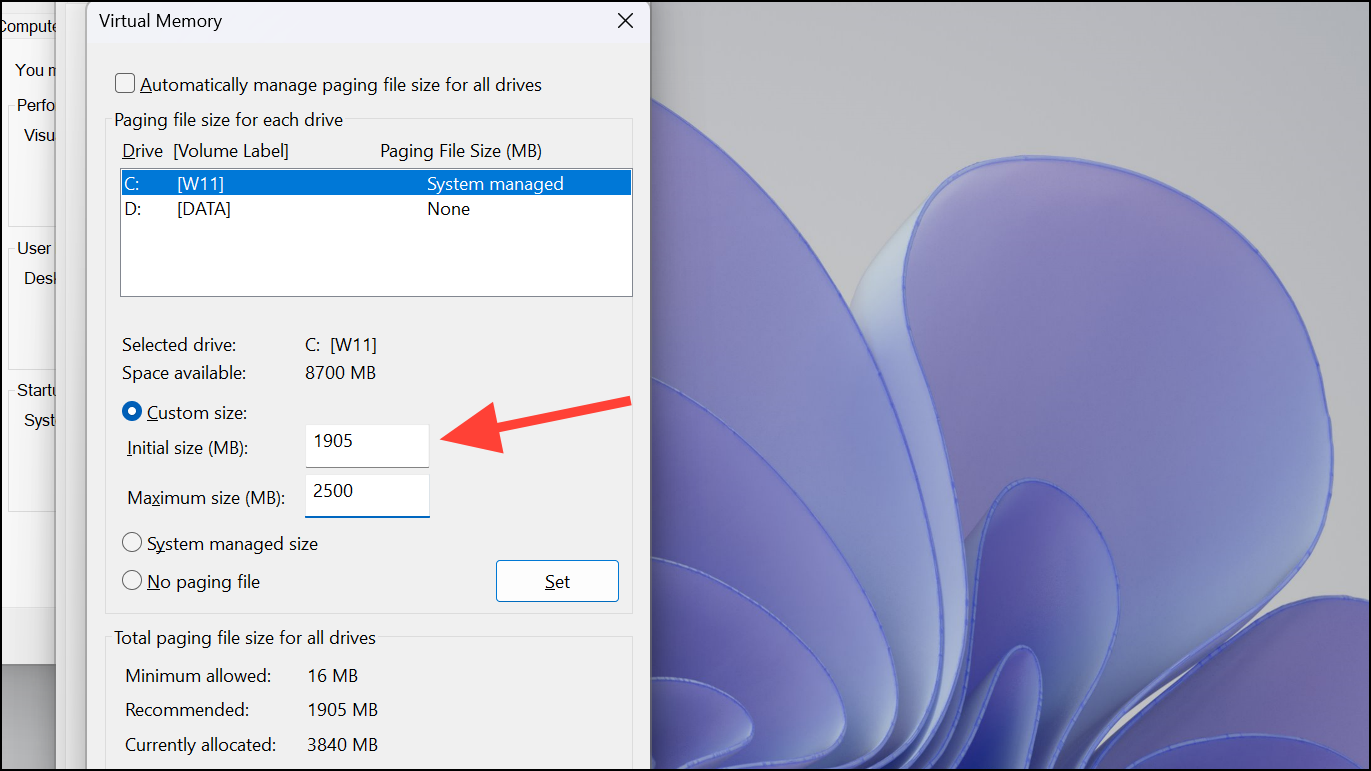
Step 7: Alternatively, you can select 'No paging file' if you don't want to use virtual memory, although this may affect system performance if you run out of RAM.
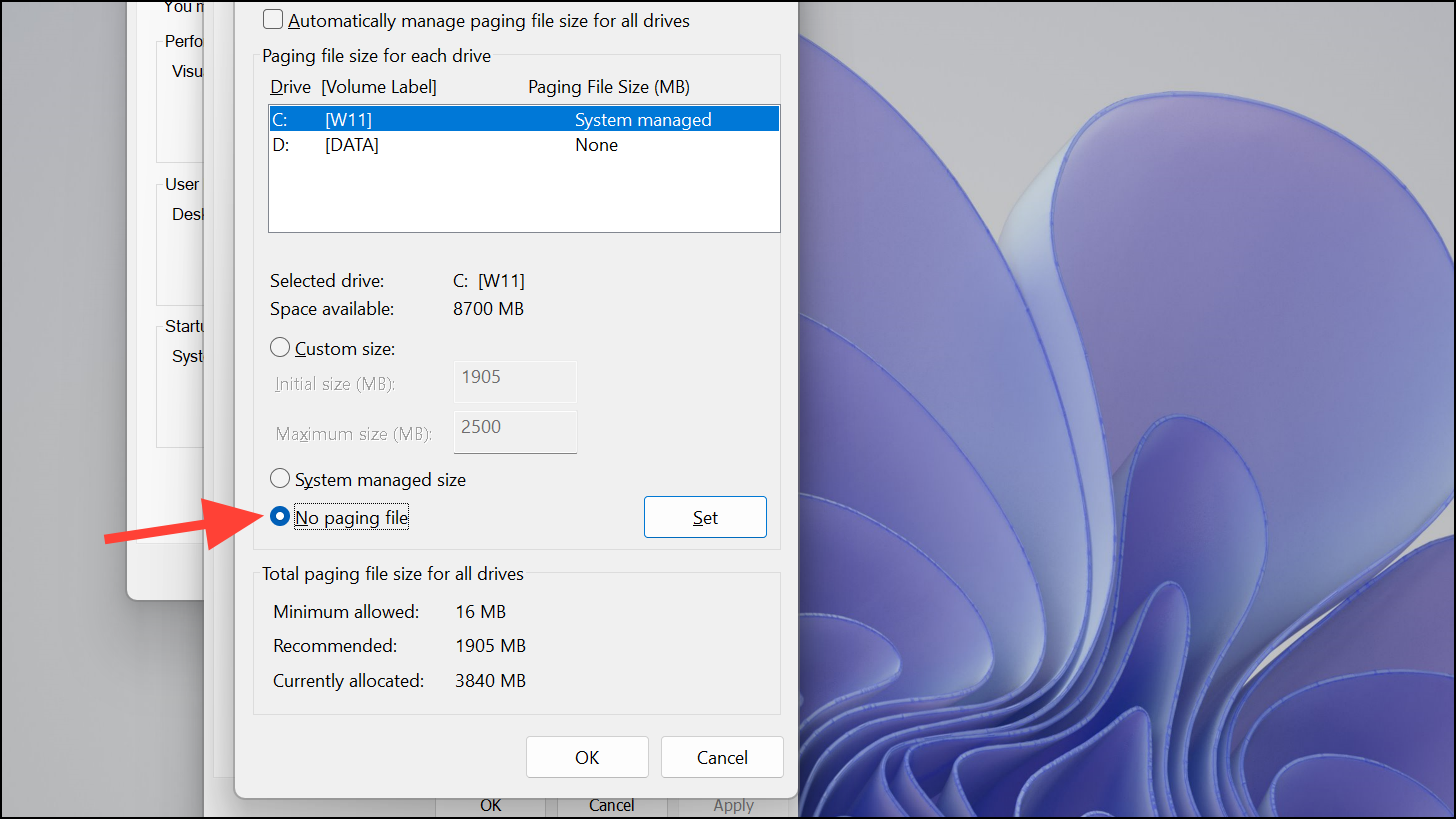
Step 8: Click 'Set', then 'OK' to apply the changes. You may need to restart your computer for the changes to take effect.
If none of the above methods resolve the high disk usage issue, it's advisable to check the health of your hard drive. Use a disk health monitoring tool to scan for errors or consider upgrading to a Solid State Drive (SSD) if you're using a traditional Hard Disk Drive (HDD) for improved performance.





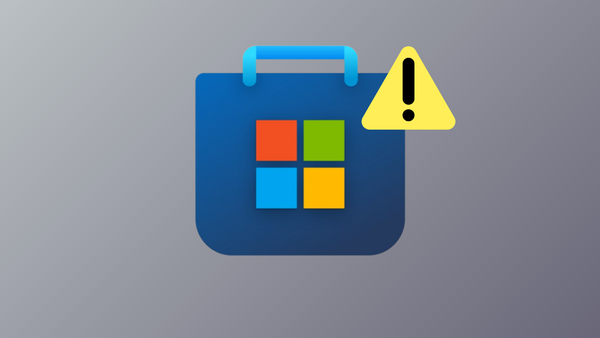
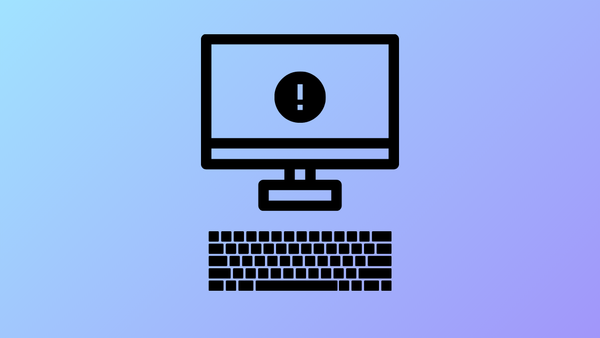
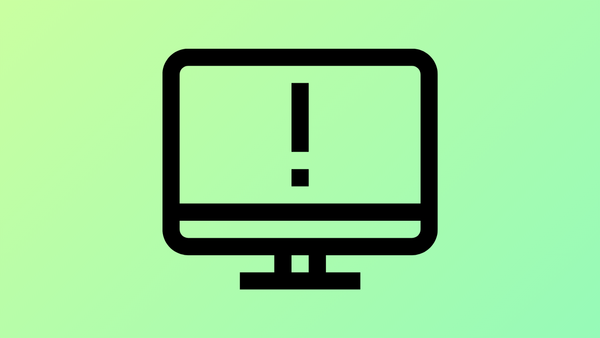
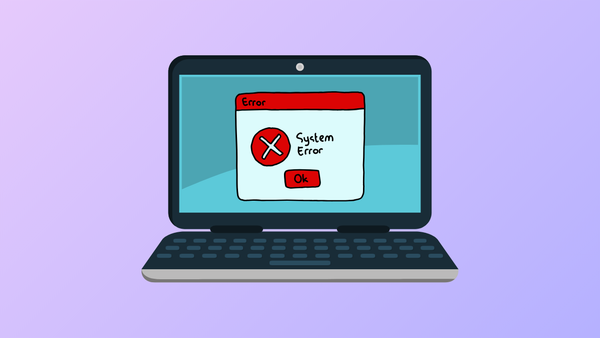
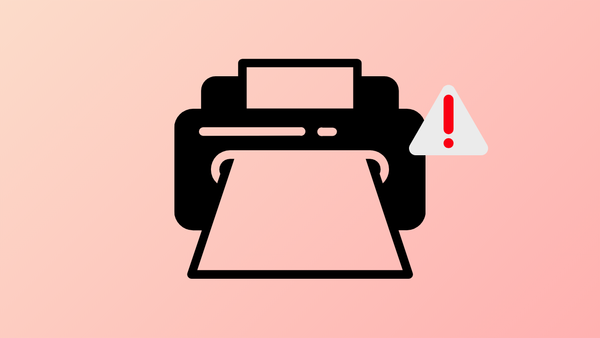
Member discussion